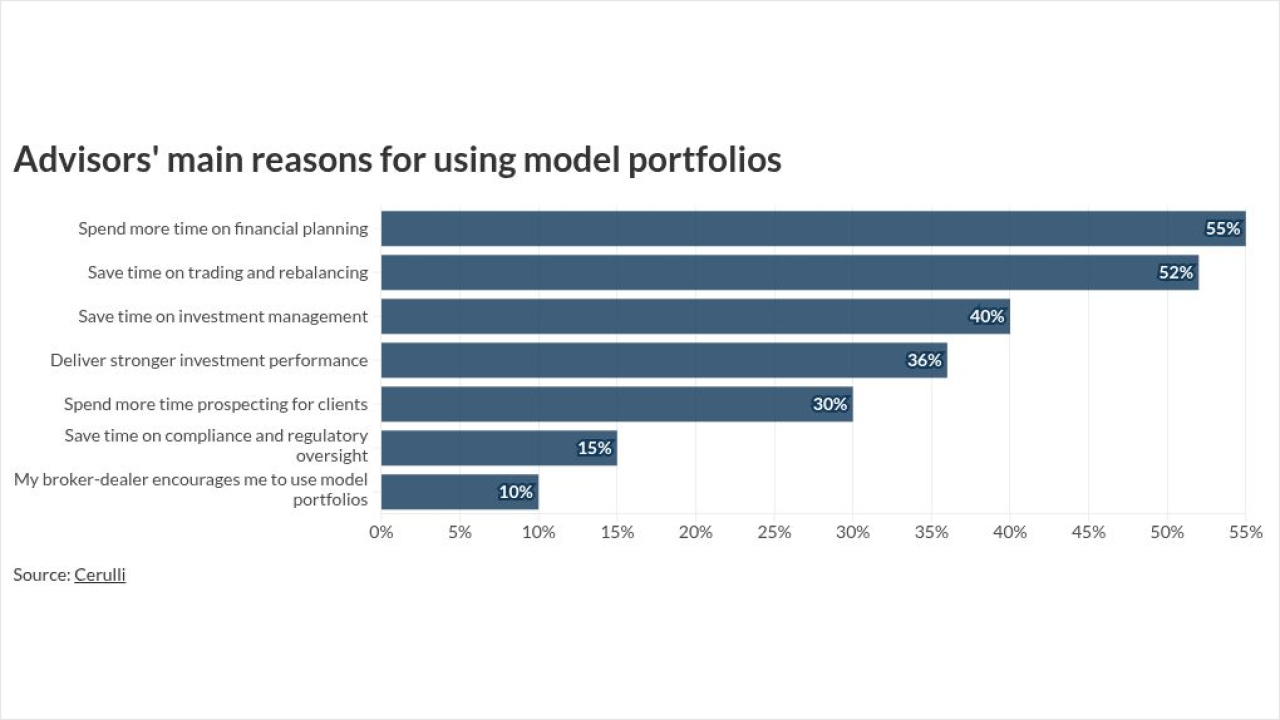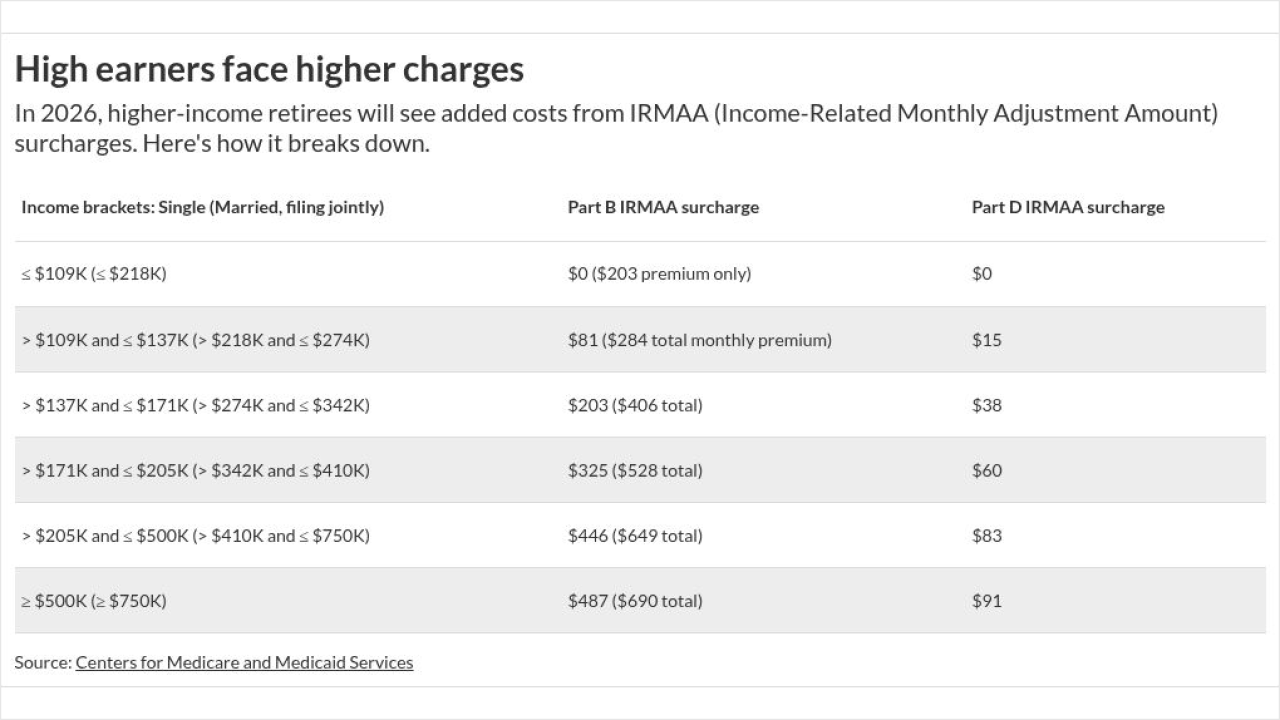State Street is dismissing 1,500 employees in a push to cut costs and automate more of its business.
-
It's the firm's largest headcount reduction since 2016.
January 10 -
Disappointing revenue and profit forecasts from Amazon and Google-parent Alphabet helped push the Nasdaq further into a correction.
October 29 -
“Recent small reductions in headcount reflect the need to balance our workforce growth with the current needs of our business," the company says.
January 9
The reduction amounts to about 6% of the workforce in high-cost locations, the Boston-based bank said in an earnings statement Friday. That includes 15% of senior management. The company had more than 39,000 employees as of the end of September.

“Structural costs are still too high and our automation efforts have not moved fast enough,” CEO Ronald O’Hanley said in the statement. “The changes we are making will position us well to realize our three-year strategic vision to be the leading asset servicer, asset manager, and data insight provider to the owners and managers of the world’s capital.”
The shares rose 2.7% in early trading in New York.
Nearly all of the outflows came from mutual funds and ETFs that posted losses.
O’Hanley, who took over as CEO this month, is moving swiftly to reorganize the money management and custody banking giant after the shares lost more than one-third of their value last year. The reductions are aimed at saving $350 million in 2019, the company said Friday. O’Hanley has said the firm needs to reduce structural costs by 2% to 3% a year.
Rocky markets have battered State Street, crimping third-quarter fee revenue and analysts have questioned whether the purchase of a software maker was too costly. But the prospect of cost reductions has pushed the stock up, with State Street rallying 13% this year through Jan. 17. That has made it the second-best performer among 18 companies in S&P’s index of money managers and custody banks.
BlackRock, the world’s largest manager, also announced this month plans to eliminate 3% of its workforce, or 500 people, amid changing investor preferences and rising market uncertainty.






